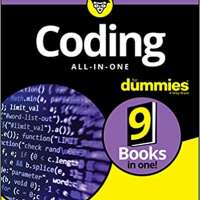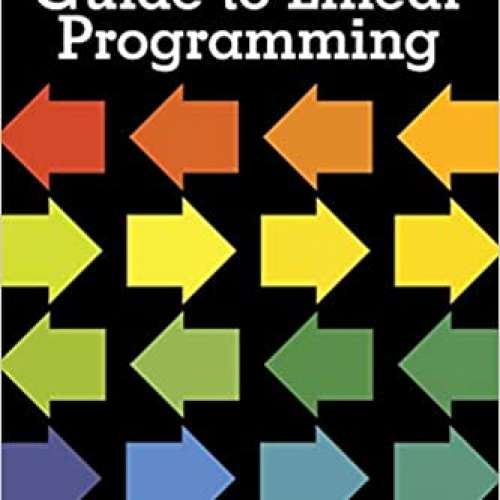

Santiago Gonzalez
Santiago Gonzalez is an American machine learning researcher and computer scientist. He also has an extensive knowledge as a full-stack software engineer. He is fluent in over a dozen programming languages. Gonzalez is one of the few people to graduate college with a masters degree when he was 17. Santiago enrolled in the University of Texas at Austin when he was only 14.
Early Life
According to his parents, Gonzalez could understand sophisticated concepts the same way an adult did when he was barelly in the first grade. He was born a prodigy and as a child was fascinated with geology and gemology. Santiago’s mind made him a guest of the Prodigies documentary series. The team followed him around as he studied at the prestigious Colorado School of Mines.
From as early as eight, Santiago developed his skills in software engineering. Unlike many of his peers, he didn’t spend his time on online gaming and social media but instead focused on creating iOS apps.
Because of his abilities, Gonzalez was able to individually build more than a dozen websites and mobile applications. His experience and skill made able to work for top-tier companies, while maintaining a high focus on quality and integrity.
Gonzalez’s genius doesn’t work only when he is awake. When he was little Santiago could go to bed thinking of a complex bug in his program and wake up next morning with a solution. For him coding is very much like poetry. He likes to painstakingly program his software so that it too looks like a work of art.
Academic career
In addition to being a graduate of University of Texas at Austin, Gonzalez is also a graduate of the Colorado School of Mines (BS and MS in Computer Science). During his studies in Austin, Santiago worked under Dr. Risto Miikkulainen. His studies focused on Machine Learning and Evolutionary Computation.

During his life Gonzalez was working on a system that would be able to learn how to learn in a specific way. He wanted to create a machine learning model with increased accuracy and using less data. This model was called Evolutionary Computation. One of the fields he was exploring was image classification.
Generative models was a new area he started to explore. Instead of classifying images, the system would be able to create differently new ones. For example, if the AI would be tasked to provide a picture of a horse, it could create a completely new image of that animal.










































